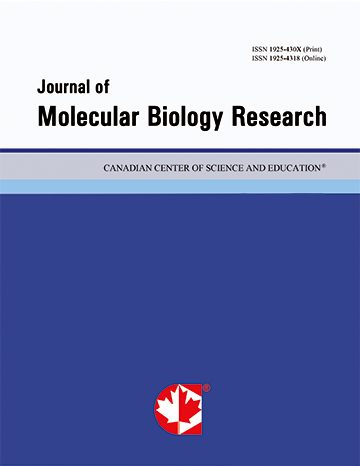Regulatory T-cell: Regulator of Host Defense in Infection
- Mousa Mohammadnia-Afrouzi
- Mehdi Shahbazi
- Sedigheh Baleghi Damavandi
- Ghasem Faghanzadeh Ganji
- Soheil Ebrahimpour
Abstract
Based on diverse activities and production of several cytokines, T lymphocytes and T helper cells are divided into Th1, Th2, Th17 and regulatory T-cell (T regs) subsets based on diverse activities and production of several cytokines. Infectious agents can escape from host by modulation of immune responses as effector T-cells and Tregs. Thus, regulatory T-cells play a critical role in suppression of immune responses to infectious agents such as viruses, bacteria, parasites and fungi and as well as preserving immune homeostasis. However, regulatory T-cell responses can advantageous for the body by minimizing the tissue-damaging effects. The following subsets of regulatory T-cells have been recognized: natural regulatory Tcells, Th3, Tr1, CD8+ Treg, natural killer like Treg (NKTreg) cells. Among various markers of Treg cells, Forkhead family transcription factor (FOXP3) as an intracellular protein is used for discrimination between activated T reg cells and activated T-cells. FOXP3 has a central role in production, thymocyte differentiation and function of regulatory Tcells. Several mechanisms have been indicated in regulation of T reg cells. As, the suppression of T-cells via regulatory T-cells is either mediated by Cell-cell contact and Immunosuppressive cytokines (TGF-Beta, IL-10) mediated.
- Full Text:
 PDF
PDF
- DOI:10.5539/jmbr.v7n1p9
Index
Contact
- Grace BrownEditorial Assistant
- jmbr@ccsenet.org
